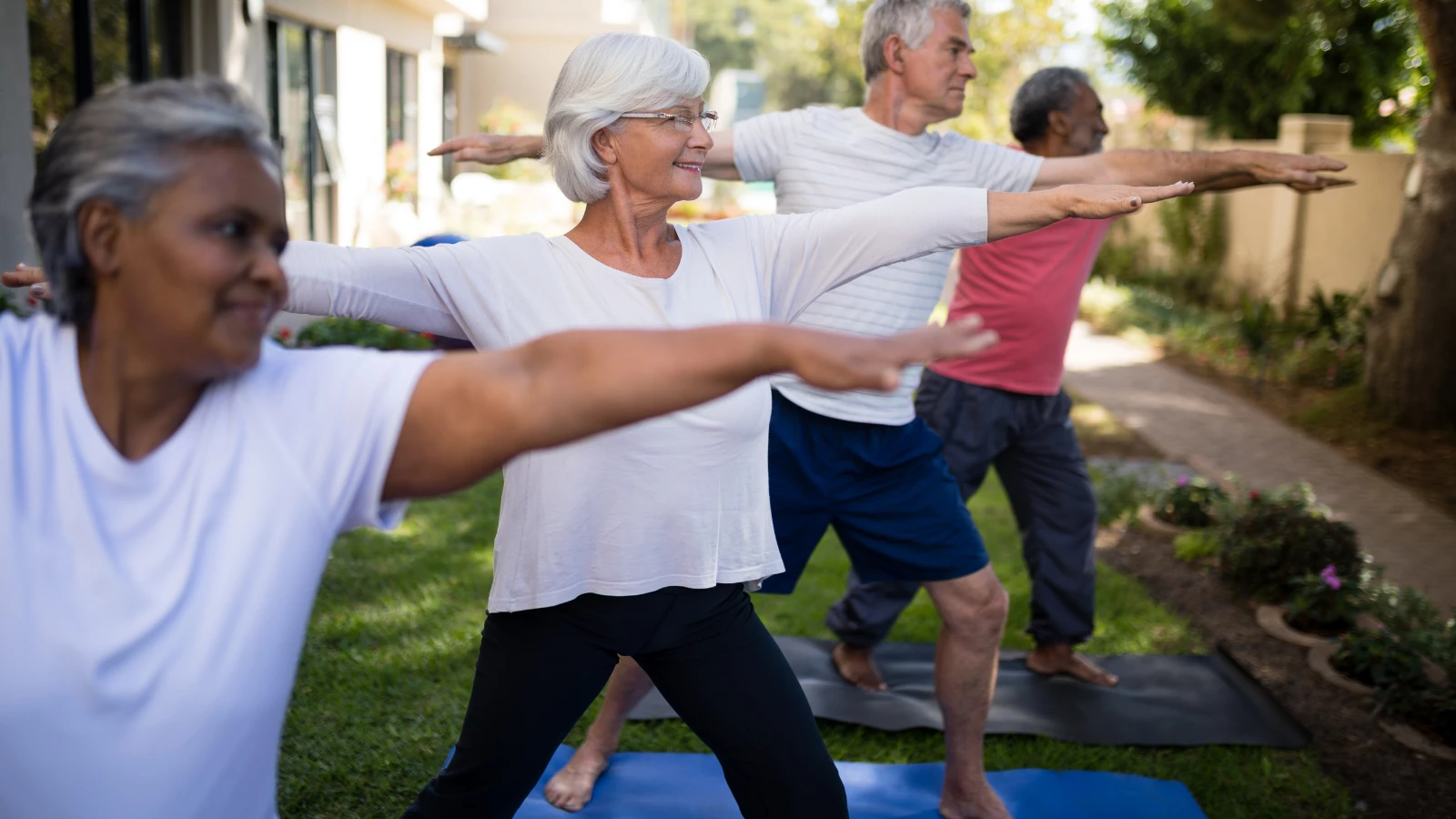Yoga Research: How to Identify and Interpret Research Methods in Yoga Studies

As you start to find research articles that may help you see and communicate what science says about yoga, you can sprinkle in questions like the ones that follow, to stoke your curiosity and build your fluency:
What is meant by the word yoga (or meditation)? Often, journal articles don’t specify or distinguish among lineages and practice approaches nor provide a particular sequence or protocol. It’s hard to tell what form of yoga was offered.
What was the “best alternative” to yoga’s possible benefits—another intervention, comparison, or “control” condition(s)? Is it walking, stretching, reading an educational text, and/or nothing? Here’s a useful journal article on this: “Comparison Groups in Yoga Research: A Systematic Review and Critical Evaluation of the Literature” (1)

How to Recognize Yoga Research Methods
What were the research methods? Here are quick explanations of the basic menu of options. Most studies combine methods:
- Literature Review: To collect and summarize all that’s been written on a topic, usually presented in the format of a very detailed bibliography plus a narrative interpretation that synthesizes the key findings and areas for further inquiry.
- Surveys: We live in the era of surveys, whether it’s a quiz on social media, a set of questions from presidential candidates, or the number of stars we give to rate our ride to the airport. Validated survey instruments are those that have been developed and tested across populations multiple times to see if the questions and the results are dependable and can be repeated.
- Biological Data Collection: Gather body tissues and fluids, measuring physiological indicators like heart rate and pulse, using in-person visits as well as newer, take-home technologies (e.g., FitBit).
- Participant Self-Reports: The participants track, record, and communicate their observations of their own experience during the course of the study using journal formats, interviews, and other media.
- Individual Participant Interviews: Researchers interview participants at various points before, during, and after the intervention.
- Focus Groups: A group interview on a specific topic or key questions.
- Case Studies: In-depth examination or description of one or more “cases”—an individual person or event, for example—to illustrate research questions, methods, and interventions. This is a “close-up” research strategy that can’t be easily generalized but can amplify specifics.
- Researcher or Instructor Observation: A member of the research or intervention team(s) records notes on their observations of participants and the interventions.
Participant self-reports and interviews are likely to be nuanced and subjective, textured yet difficult to verify or generalize. And they are essential to understanding movement and contemplative practices. In their methods, how did the researchers tackle the first-person experience?
Unlike taking a pill versus a placebo, participants and researchers usually know which intervention is offered, for example, if you’re in the movement group or the control group that’s doing something other than movement. How did the design address that for a “blind” or “double-blind” study?
What can you learn about the researchers and their motivations, from this and other publications? What are their funding sources? Do authors and/or acknowledgments include the yoga consultants, teachers, or therapists who developed or delivered the protocols? Does the article suggest strategies for education or dissemination of findings?
Remember, principal investigators and designers of studies may not have a direct, personal understanding of the practices that they are designing into the studies. Many arrive at their work as researchers via academic, intellectual, and professional pursuits, and have not necessarily started out as avid yoga practitioners, although some may have had experiences with yoga and contemplative practices that led them to want to do research.
Lastly, you may take note of how often we see the following or similar (in)conclusive phrases and caveats, reminding us with humor and humility: “More methodologically rigorous studies are required!”
Now that we’ve covered the basic anatomy of understanding research, it’s time for a deeper dive into dissecting a journal article! For example, I did a quick search on Pubmed (“yoga and neck”) and was delighted to see an article about the effects of yoga on patients with chronic nonspecific neck pain.(2) It’s a recent (2019) systematic review! Let’s take it apart together, shall we? View the pdf file of this analysis (link below-3).
For more information, read this article for information on how to read and absorb a yoga research study and this article on how to identify quality studies on yoga and meditation.
Reprinted with permission from Sequencewiz.org and Rachel Lanzerotti of Fiveriversyoga.com.

 Rachel Lanzerotti (MSW, eRYT500, IAYT-Certified Yoga Therapist) is the Founder of Five Rivers Yoga Therapy and creator of The RE/ST Method for Pain Recovery™. She is a Body-Mind Yoga Therapist, meditation teacher, counselor, health educator, and specialist in back pain relief.
Rachel Lanzerotti (MSW, eRYT500, IAYT-Certified Yoga Therapist) is the Founder of Five Rivers Yoga Therapy and creator of The RE/ST Method for Pain Recovery™. She is a Body-Mind Yoga Therapist, meditation teacher, counselor, health educator, and specialist in back pain relief.



